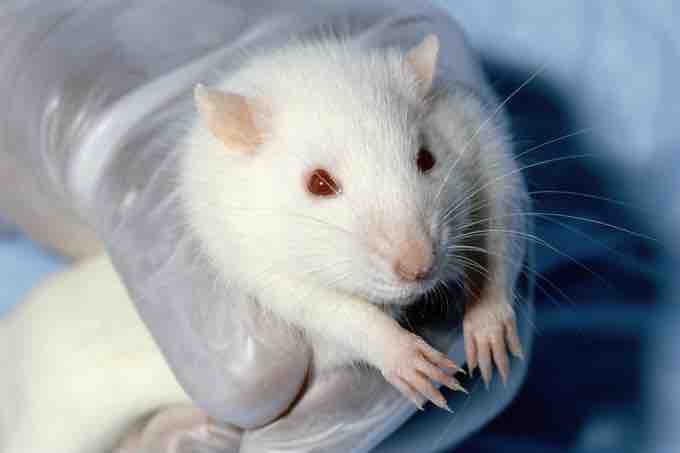In Vivo Testing
In vivo methods refer to the use of animals as a conduit to generate purified polyclonal antibody solutions (antiserum) for research purposes. Polyclonal antibodies are applied in immunological assays to diagnose disease.
In vivo testing follows strict guidelines and humane animal use ethics. The protocol for diagnostic antibody production in animals follows multiple steps. Animals are injected with microbes or antigenic fragments that elicit an immune response; the immune response is allowed to develop for 1-2 weeks, after which blood is harvested. This blood now contains antibodies created from the antigens that were introduced into the animals. Antibodies are purified from the serum to make antiserum or a purified antibody solution for one particular antigen.
These preparations will produce multiple antibody types that recognize different epitopes on the antigen, hence the term polyclonal. Polyclonal antibodies have various applications in the clinic and in research laboratories. Animals are also used to model human diseases in the research field. They are useful vehicles to understand how our bodies work, find cures and treatments for diseases, test new drugs for safety, and evaluate medical procedures before they are used on patients.
Mice, and other rodents such as rats and hamsters, make up over 90% of the animals used in biomedical research . In addition to having bodies that work similar to humans and other animals, rodents are small in size, easy to handle, relatively inexpensive to buy and keep, and produce many offspring in a short period of time. In vivo testing remains a crucial step for the evaluation of in vitro experimental findings and the production of immunological solutions needed for the diagnosis of human diseases.

A white laboratory rat
Animals are used in laboratory experiments to translate in vitro findings.